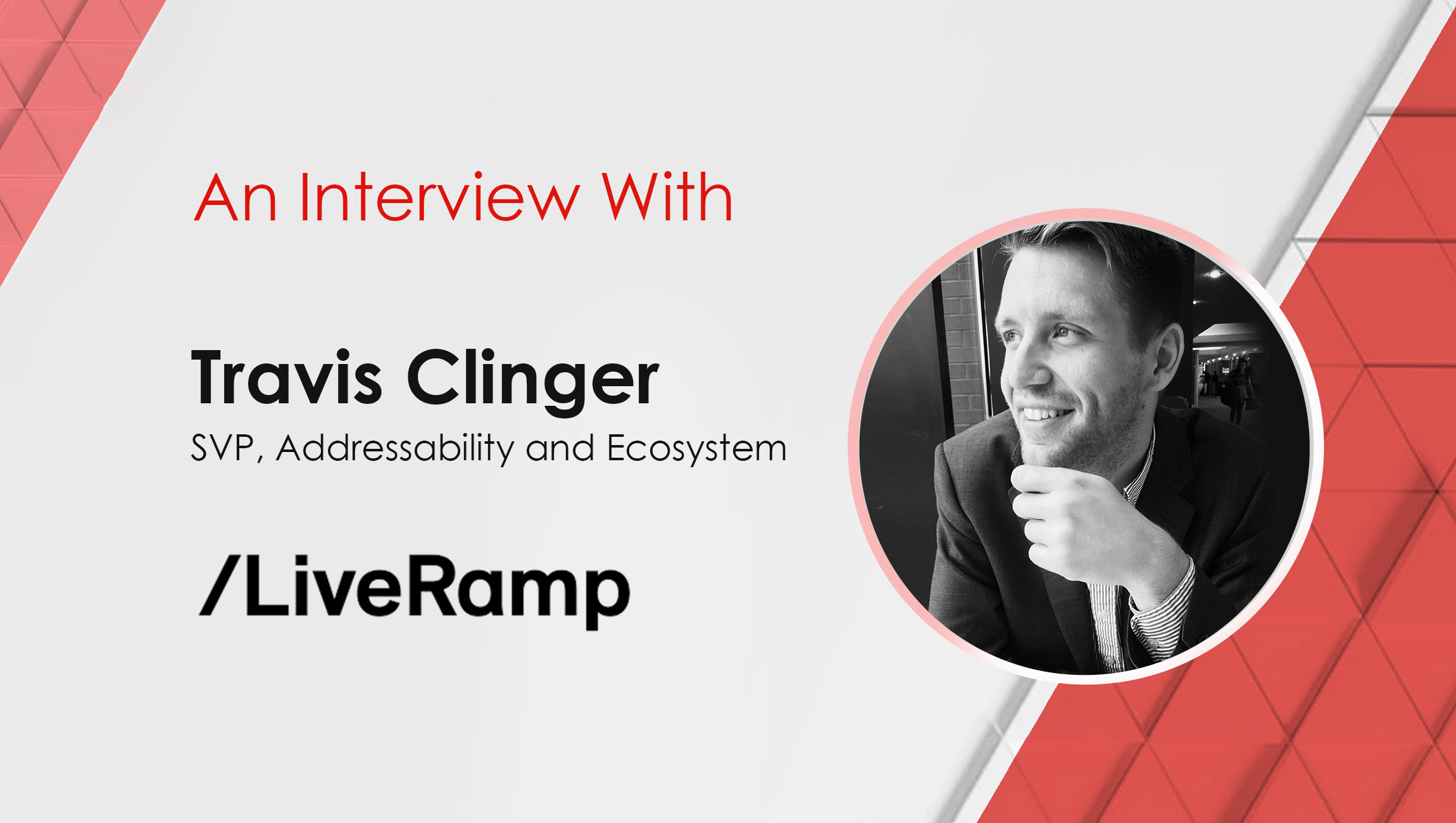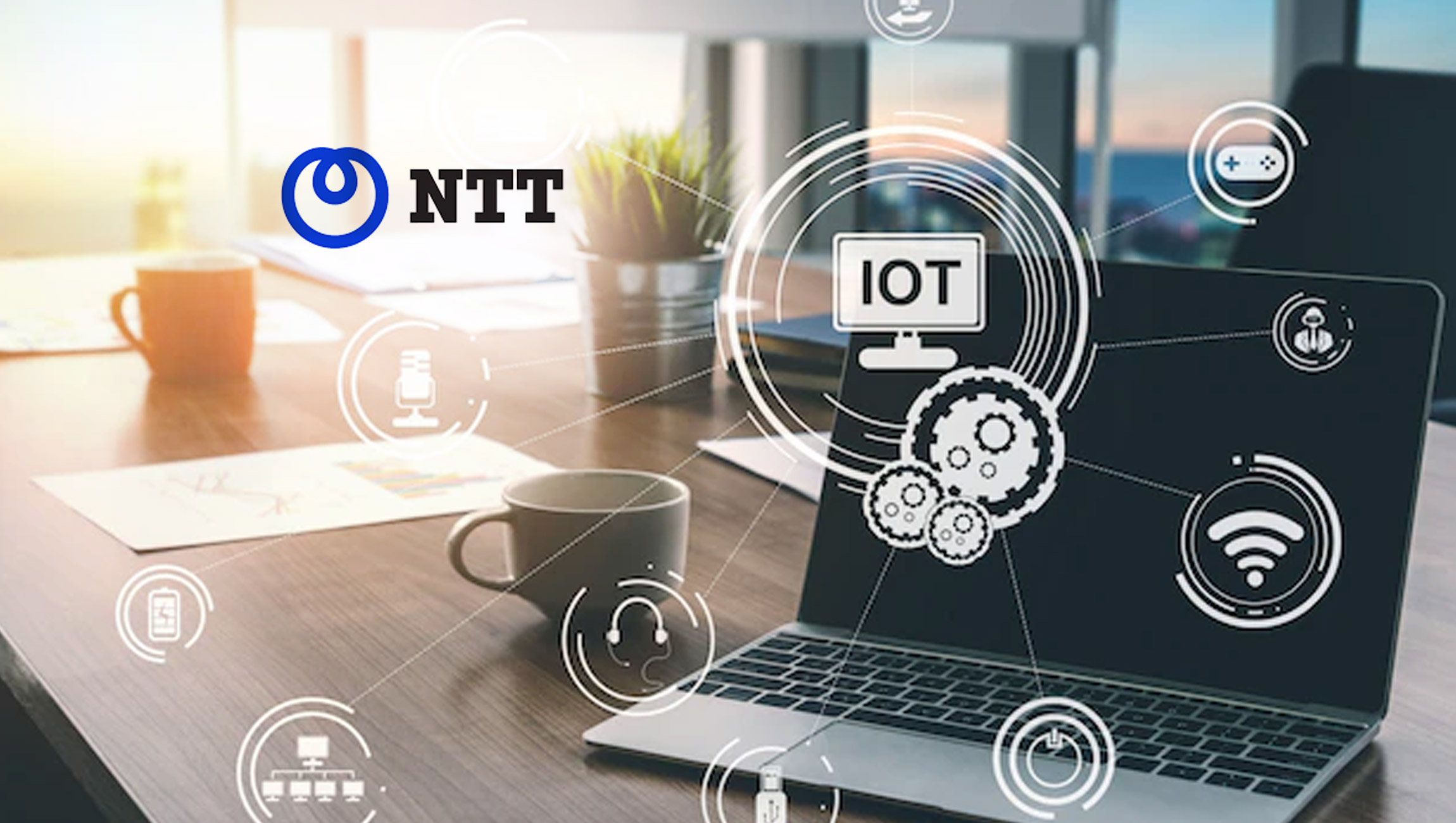Travis Clinger, SVP Addressability and Ecosystem at LiveRamp chats about current day adtech practices and trends that B2B teams need to keep in mind when planning new campaigns:
_________
Welcome to this MarTech Series chat, Travis. Tell us more about your role at LiveRamp and thoughts on the key evolutions you see in advertising ecosystems today?
As senior vice president of addressability and ecosystem at LiveRamp, I am responsible for leading the company’s global media ecosystem strategy. This includes spearheading strategic initiatives, advancing global partnerships, and overseeing the business development and go-to-market strategies for key addressability products and initiatives.
The world has changed a lot in the past few years – we’ve seen GDPR, CCPA, ITP, ETP, ATT, and more. A key evolution that we’ve seen throughout this is the need for us to upgrade our ecosystem to restore trust with the consumers and offer better transparency. We’re seeing quick adoption of new authenticated technologies that enable brands to easily connect their data to publisher inventory – digital display, mobile web, mobile in-app, and CTV – all without the need for a device ID. Overall – it’s incredibly exciting, together as an industry, we’re building a better and more sustainable ecosystem – better for consumers, marketers, and publishers.
Marketing Technology News: MarTech Interview with Bob Ciccone, EVP of Corporate Development at NetBase Quid
Tell us more about LiveRamp’s latest integration with Amazon Publisher Services (APS) and how that changes the game for publishers?
Through the recent integration of our services with Amazon Publisher Services (APS) Connections Marketplace—specifically our Authenticated Traffic Solution (ATS)—publishers using APS’ services can reduce their reliance on third-party cookies. This partnership gives the thousands of publishers using APS an easy button to deploy ATS and better connect authenticated inventory to advertiser demand globally. Publishers are further able to leverage Amazon’s header bidder, the Transparent Ad Marketplace, to make publisher inventory more widely available to demand- and supply-side platforms, including Amazon’s DSP which transacts on RampID.
This expanded liquidity of addressable inventory ensures that marketers can make every media buy accountable, addressable, more performant, and measurable at the person level across channels, all while enabling pubs to generate more revenue and in turn make more free or discounted content for consumers.
In what ways are you seeing advertising and adtech trends build a more transparent culture today? Can you talk about what the ecosystem should be doing to boost this further?
The future of the open internet hinges on two fundamental truths: enhancing transparency and trust with consumers, and providing publishers with the tools they need to continue to monetize their inventory with their first party data.
Our integration with APS Connections Marketplace was architected in service to both of these goals, and serves as an example of what the ecosystem can do to boost transparency and restore trust with consumers. Publishers get access to our proven solution via the APS Connections Marketplace and they benefit from the added confidence of knowing they will attract more advertiser dollars by prioritizing authenticated solutions that are privacy-first, consumer-first, sustainable and scalable.
As the industry continues its effort to overcome the consumer trust deficit, we must operate as one. Publishers, advertisers, platforms and technology providers must work together to put the consumer in control. They should be able to decide for themselves who they want to maintain a relationship with and which information they share. This requires having an open dialogue with individuals and clearly explaining the value they get in exchange for their data.
What in your view are some of the biggest challenges to adtech use today?
As the backbone of the advertising ecosystem, it’s critical solutions in-market today are interoperable. As third-party cookies taught us, there won’t be one ID to rule them all, in any vertical or use case. When everyone’s systems can work together in a secure manner where parties maintain control, consumers maintain control over their data, more innovation is encouraged in both incumbents and challengers, and new entrants are given the chance to play and scale successfully.
The approach to privacy also continues to be an ever-evolving process. Topics, one of Google’s latest Privacy Sandbox initiatives, is a step in the right direction in terms of powering interest based-advertising and increasing user control, privacy and transparency—but it’s not a silver bullet. Our belief is that while addressable inventory is the gold standard and will be for many publishers the backbone of their monetization strategy, we have always maintained that the future state of the digital advertising industry will be based on a combination of contextual, first party publisher data,l and addressable solutions, not either/or.
Marketing Technology News: MarTech Interview with Kyle Lacy, SVP of Marketing at Seismic
How do you feel the market will change going forward due to market dynamics – how and why?
One of the big shifts that I think we’ll see this year is that it will become clear that device identity is going away, and the idea of unconsented and unauthenticated IDs will soon be behind us, and will be replaced by authenticated people-based IDs, cohorts, first-party audiences, and context. The signs are here for everyone to see: App Tracking Transparency has taken hold across iOS devices and marketers have seen addressable reach diminish on mobile in-app, then Google followed and Android Privacy Sandbox, and now IP address proposals like GNATCATCHER and IPV6 are starting to shift the market away from IP address targeting.
Some last thoughts, takeaways, before we wrap up!
While there’s a lot of challenges for publishers and marketers today, there’s also a lot of opportunity. Over the past years, spend has drifted more and more to the large social media platforms because they are addressable and measurable. The open internet has the opportunity to compete by becoming more addressable and measurable and also offering marketers transparency and the ability to buy across a wide array of media experiences. We have a chance to build a better internet – restore trust with the consumer, enable marketers to be able to better buy people-based inventory across channels on the open web, and enable open web pubs to build sustainable revenue streams and better compete.
Marketing Technology News: MarTech Interview with Michael Kraut, VP of OEM for Automotive at Experian
![]() LiveRamp is a leading data connectivity platform for the safe and effective use of data.
LiveRamp is a leading data connectivity platform for the safe and effective use of data.
Travis Clinger is SVP Addressability and Ecosystem at LiveRamp
Missed The Latest Episode of The SalesStar Podcast? Have a quick listen here!
Episode 120: The Future of Customer Success with Guy Nirpaz, Founder and CEO at Totango
Episode 119: Sales Trends that Generate Better ROI: with Scott Smyth, VP Global Sales at HG Insights
Episode 118: The Power of Chatbots in B2B Tech with Chris Maeda, co-founder and CTO at Botco.ai











